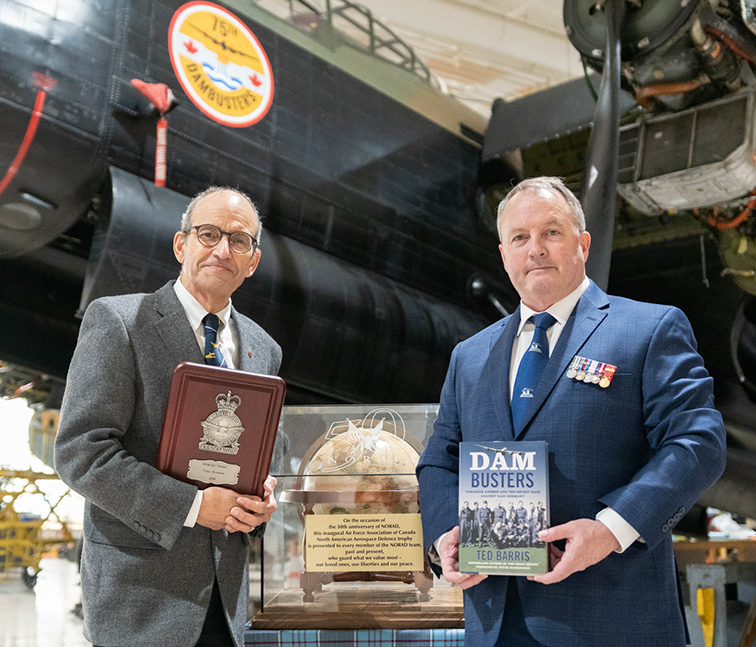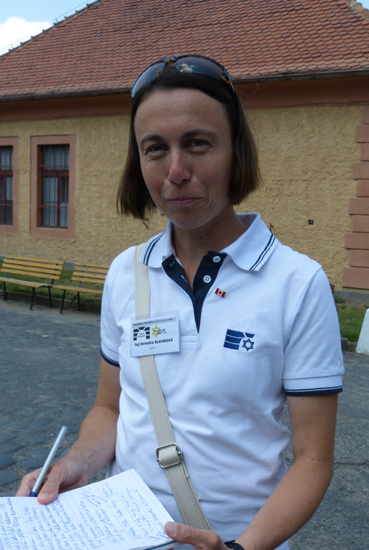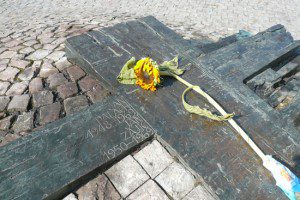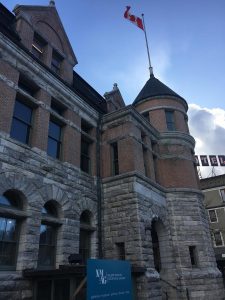
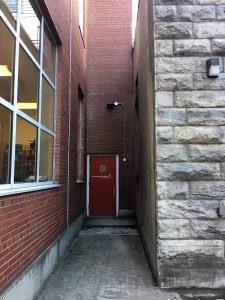
The archivist at the museum had no idea it was there. In fact, when Jean-Phillippe Stienne applied for and landed the job as new archivist and collections manager of the museum, archives and art gallery in Nelson, B.C., back in 2017, he knew nothing about the explosive history buried beneath his new office.
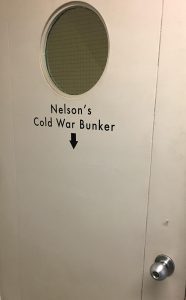 “I came here because it’s a beautiful part of the world,” Steinne, 43, told me during a speaking stop I made in British Columbia last week. “I’d actually been working here a few years before I knew about the mystery under the museum.”
“I came here because it’s a beautiful part of the world,” Steinne, 43, told me during a speaking stop I made in British Columbia last week. “I’d actually been working here a few years before I knew about the mystery under the museum.”
When I asked what he was talking about, Stienne, or “J.P.” as everybody calls him, walked me out the front door of his museum (formerly the Nelson post office) and down a back alley to an adjacent building. He unlocked an exterior door, which revealed an inner door with a thick circular porthole window and a black-lettered sign that read, “Nelson’s Cold War Bunker.” (more…)
